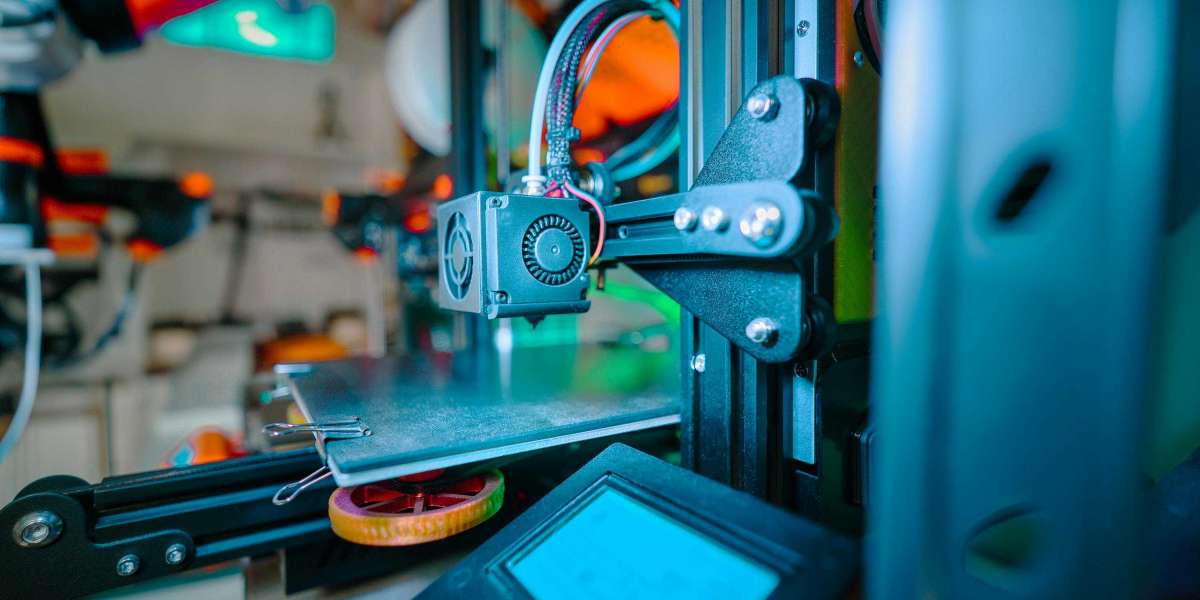The aerospace industry has always been at the forefront of adopting cutting-edge technologies to improve efficiency, reduce costs, and push the boundaries of innovation. Two manufacturing approaches currently dominate the industry: traditional manufacturing and 3D printing, also known as additive manufacturing. This blog delves into a comparative analysis of these methods, highlighting their strengths, weaknesses, and applications in the aerospace sector.
Traditional Manufacturing in Aerospace
Traditional manufacturing techniques, such as casting, forging, and machining, have been the backbone of aerospace production for decades. These methods are highly reliable and well-suited for producing components that meet the stringent quality and safety standards of the aerospace industry.
Advantages of Traditional Manufacturing:
Proven reliability: These methods have been refined over decades, ensuring consistent quality and performance.
Material strength: Components produced using traditional methods often exhibit superior mechanical properties due to the controlled material processes.
Scalability: Large-scale production is easier and more cost-effective once molds, dies, and machining setups are in place.
Limitations of Traditional Manufacturing:
Design constraints: Traditional methods often restrict design complexity, as parts must be produced with machinability in mind.
Material waste: Processes like machining generate significant material waste, increasing costs and environmental impact.
Long lead times: Custom parts require lengthy tooling setups, delaying production timelines.
The Rise of 3D Printing in Aerospace
3D printing has emerged as a transformative technology in aerospace, offering unique advantages over traditional manufacturing methods. Additive manufacturing builds components layer by layer, enabling the creation of complex designs that were previously impossible or prohibitively expensive.
Advantages of 3D Printing:
Design freedom: Engineers can create intricate geometries, lightweight structures, and optimized shapes that enhance performance.
Reduced waste: Additive manufacturing minimizes material wastage by using only the material required to build the part.
Faster prototyping: Rapid prototyping capabilities significantly shorten design iterations and product development cycles.
Customizability: Ideal for producing small batches or custom parts tailored to specific applications.
Limitations of 3D Printing:
Material constraints: The range of materials compatible with 3D printing is growing but remains limited compared to traditional methods.
Production speed: While great for small runs, 3D printing can be slower than traditional methods for large-scale production.
Surface finish: Parts may require post-processing to achieve the desired surface quality and mechanical properties.
Applications of 3D Printing in the Aerospace Industry
The aerospace sector has embraced 3D printing for its ability to address some of the industry’s most pressing challenges. Here are some key applications:
Lightweight components: Weight reduction is critical in aerospace to improve fuel efficiency and performance. 3D printing allows for the creation of lightweight, optimized designs, such as lattice structures and hollow components, without compromising strength.
Engine parts: Complex engine components, including fuel nozzles, heat exchangers, and turbine blades, are increasingly being produced using additive manufacturing. For example, GE Aviation uses 3D printing to manufacture fuel nozzles for its jet engines, resulting in improved performance and reduced production times.
Tooling and fixtures: 3D printing is also used to produce custom tooling, jigs, and fixtures for assembly lines, reducing lead times and costs associated with traditional tooling methods.
Replacement parts: For aircraft maintenance, 3D printing enables on-demand production of replacement parts, reducing downtime and eliminating the need for extensive inventory.
Unmanned aerial vehicles (UAVs): Additive manufacturing is particularly advantageous for UAVs, where lightweight and customizable components are critical for performance.
Comparative Analysis: Which Is Better for Aerospace?
When comparing traditional manufacturing and 3D printing, the choice largely depends on the specific application, production volume, and cost considerations.
Cost Efficiency: Traditional manufacturing is generally more cost-effective for large-scale production due to economies of scale. However, 3D printing excels in low-volume or highly customized production runs, where traditional tooling costs can be prohibitive.
Performance: Both methods can produce high-performance components, but 3D printing allows for greater design optimization, enabling lighter and more efficient parts.
Lead Times: 3D printing significantly reduces lead times for prototypes and small batches, whereas traditional methods may take longer due to tooling requirements.
Sustainability: Additive manufacturing’s material efficiency gives it an edge in sustainability, making it an attractive option for companies aiming to reduce their environmental footprint.
Future Outlook
The future of aerospace manufacturing likely lies in a hybrid approach that combines the strengths of both traditional and additive manufacturing. While traditional methods will remain essential for high-volume production and components requiring superior material properties, 3D printing will continue to drive innovation in design, prototyping, and specialized applications.
As material science advances and 3D printing technologies become more accessible, the adoption of additive manufacturing in aerospace is expected to grow. Companies leveraging both approaches will be better positioned to meet the evolving demands of the aerospace industry while maintaining a competitive edge.
Conclusion
The debate between traditional manufacturing and 3D printing in aerospace is not about choosing one over the other but understanding how each can complement the other. By integrating these technologies strategically, aerospace manufacturers can unlock new possibilities, optimize performance, and remain at the forefront of innovation.




